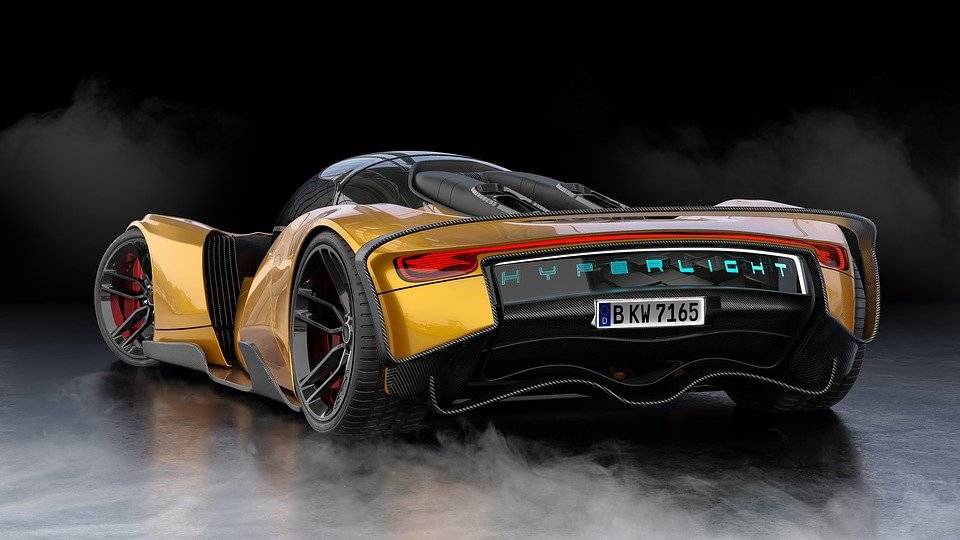Conventional plug-in hybrid electric vehicle (PHEV) is a combination of two propulsion systems, one is an IC engine propulsion system and the other is an electric propulsion system in which electric motor powered by a battery element is used for propulsion. The purpose of electric propulsion system is intended to achieve either better fuel economy than a conventional IC engine or better performance. To re-charge the battery element, manual operation has to be carried out by plugging the battery element to an electrical power source via heavy duty cable.
American automotive giant, Ford tops the leader board in holding most number of patents in electric vehicles (EV). The firm was recently granted U.S. Patent No. 9033075, titled ‘Auto-seek electrical connection for a plug-in hybrid electric vehicle’. The invention discloses about a plug-in hybrid electric vehicle (PHEV) that is self driven to connect to a charging source.
In operation strategy, the driver activates an auto seek mode so that the vehicle can be self driven to connect to an electrical utility grid for recharging the battery element such that in-built position sensors are used to identify the location of the electrical utility grid, an electric traction motor is to control incrementally advance position of the vehicle towards the electrical utility grid, a power steering system to control the steering of the vehicle towards the electrical utility grid and a suspension system to control the alignment of a charging connector with the electrical utility grid.
This innovation is mainly intended to make sure the vehicle is charged if a driver forgets to plug it in overnight.
Authored by Dinesh Kumar
Contributed by Mechanical and Automotive Patent Division of BananaIP in India
For further information on Mechanical and Automotive Patent law in India, write to contact@bananaip.com



